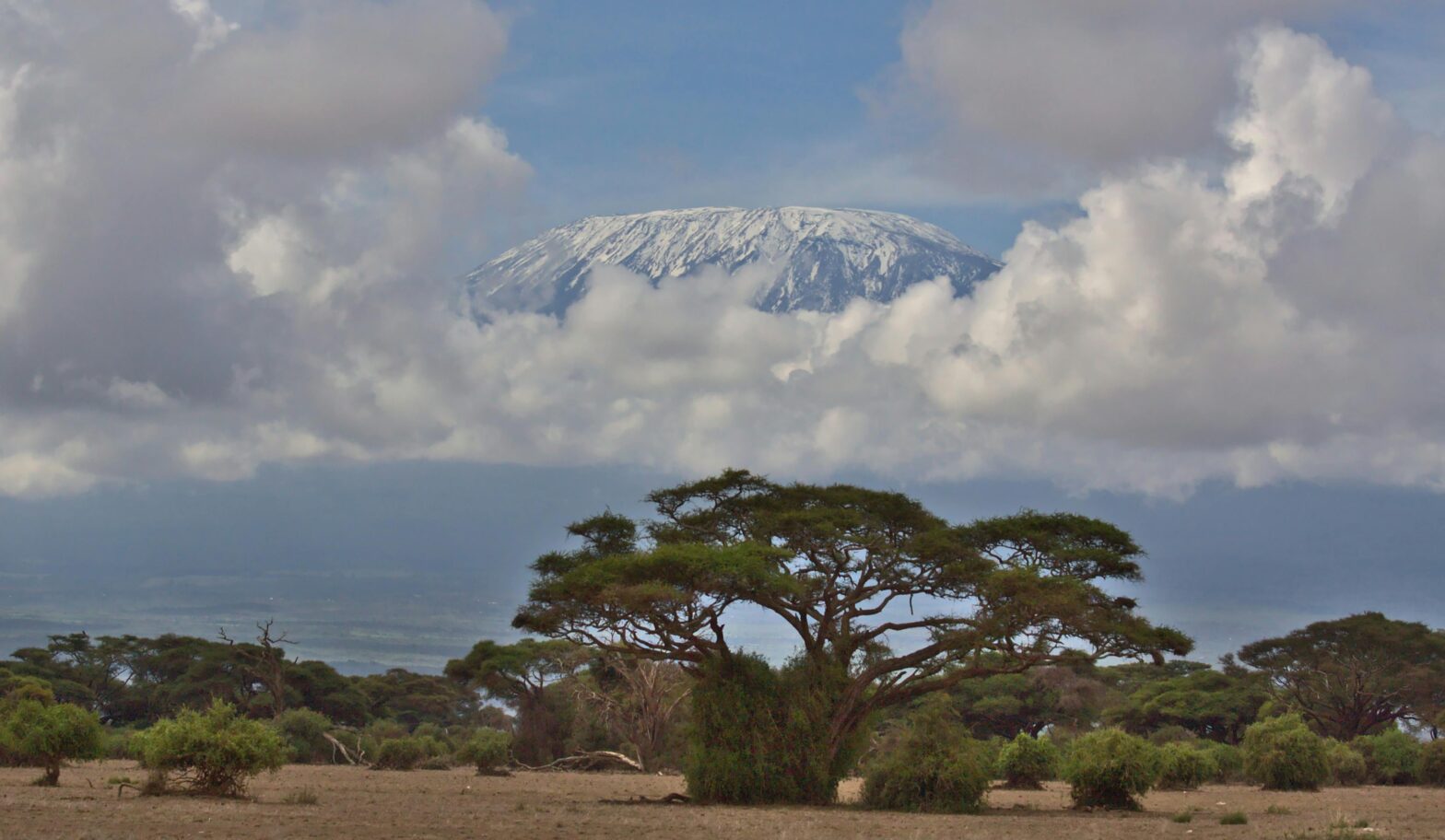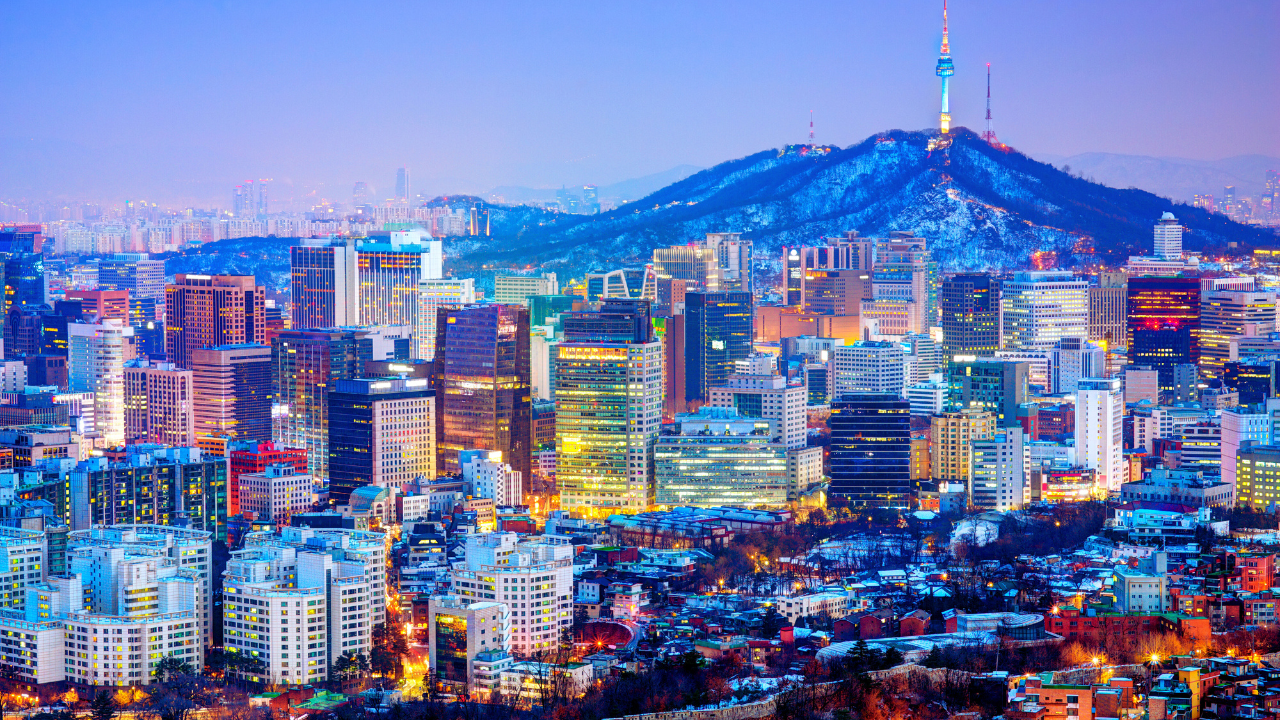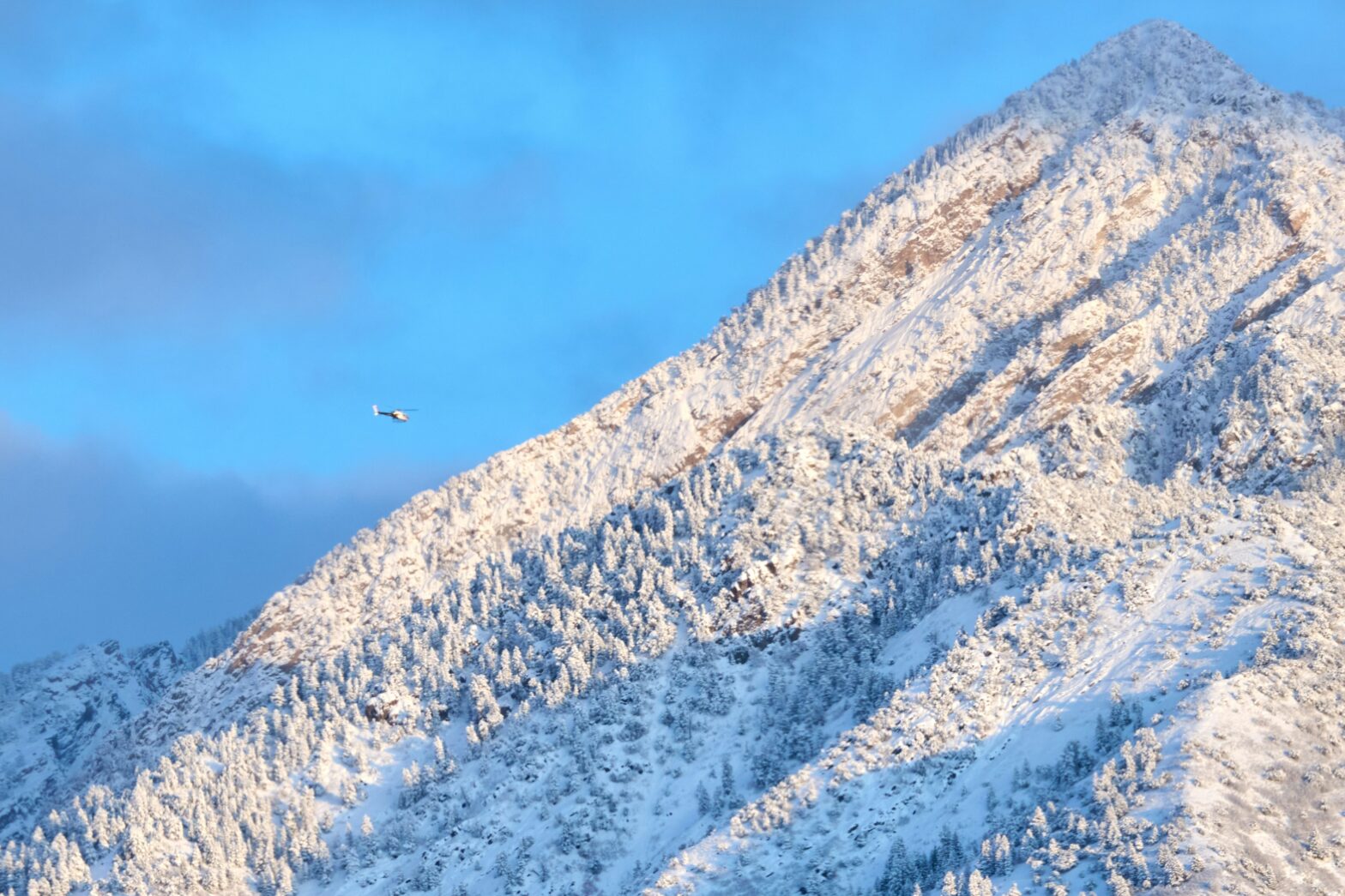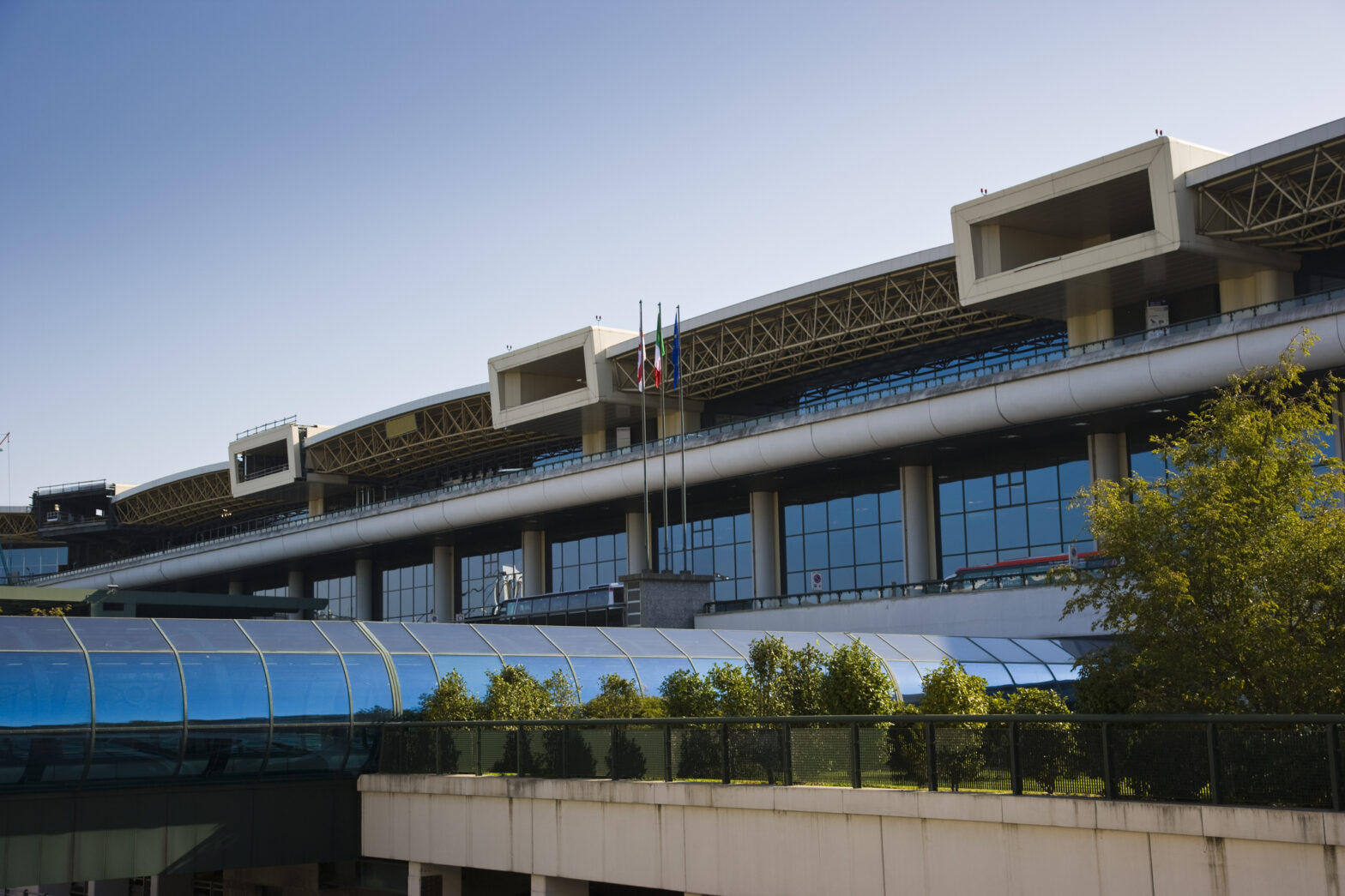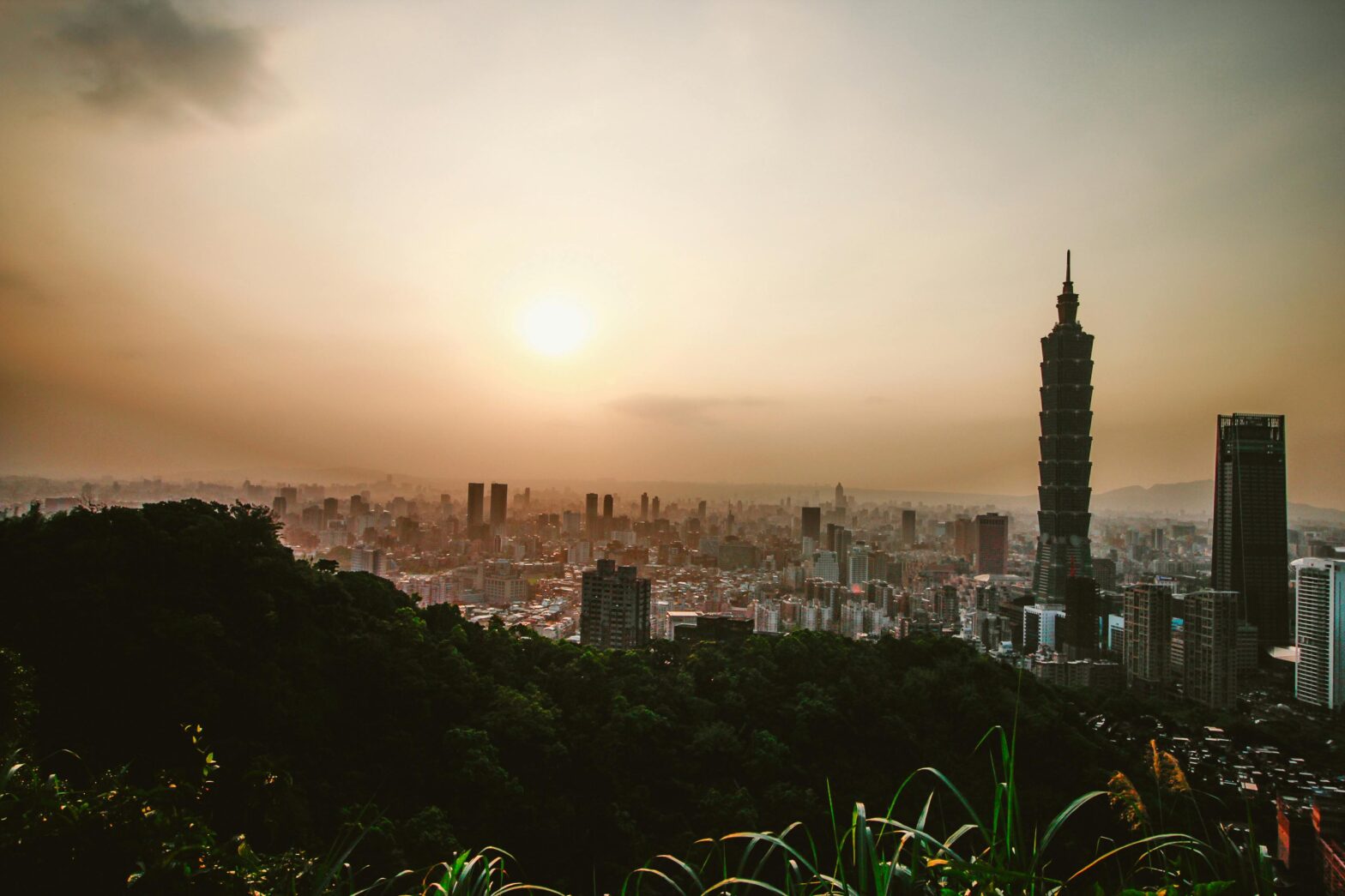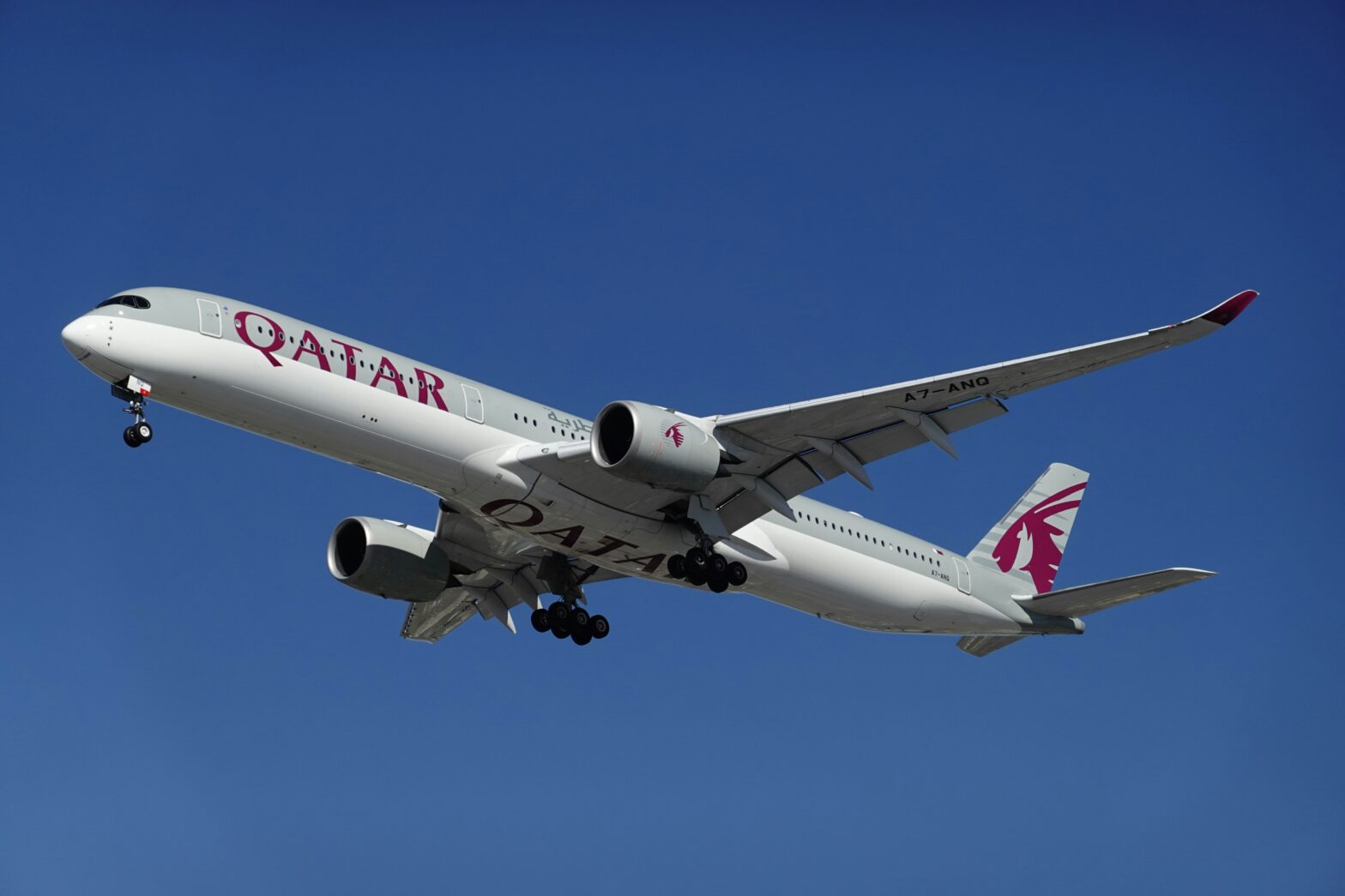Mount Kilimanjaro is one of the world’s most well-known and iconic mountains. Located in Tanzania, which is in East Africa, the landmark is the continent’s highest peak and the world’s highest freestanding mountain above sea level.
Kilimanjaro is a dormant stratovolcano with three main peaks – Kibo, Mawenzi, and Shira. What makes the mountain a must-climb is its safety, diverse climates, and variety of trails. There are seven hiking routes: Lemosho, Marangu, Umbwe, Rongai, Machame, Shira, and the Northern Circuit. The beauty of Kilimanjaro is that most hikers reach the snowcapped glory of the summit, Uhuru Peak. If you go during the dry season, which is recommended, you’ll experience the warm weather of the equator and changes in the climate as you head toward the freezing mountaintop.
Quick Facts
The main features of the trail depend on which route you choose for the journey. Some may have more flora and fauna to enjoy than others. The Lemosho and Marangu routes are good for beginners. Umbwe and Rongai are considered more difficult routes due to the shorter acclimatization time, so they might be more suited for experienced hikers. The Northern Circuit is the longest route (around 53 miles), and the Machame offers excellent views, vegetation, and wildlife viewing. Although the Shira route has historically been its own established trail, many have reportedly started categorizing it within the Lemosho route.
The trails’ lengths vary in terms of miles. Hiking Kilimanjaro takes five to nine days to ascend and descend, depending on the route. Elevation also depends on the trail.
There is a route for all hiking expert levels, so choose the best for you based on your preparedness, skills, and expectations. You’ll likely be battling the elevation more than the terrain’s steepness.
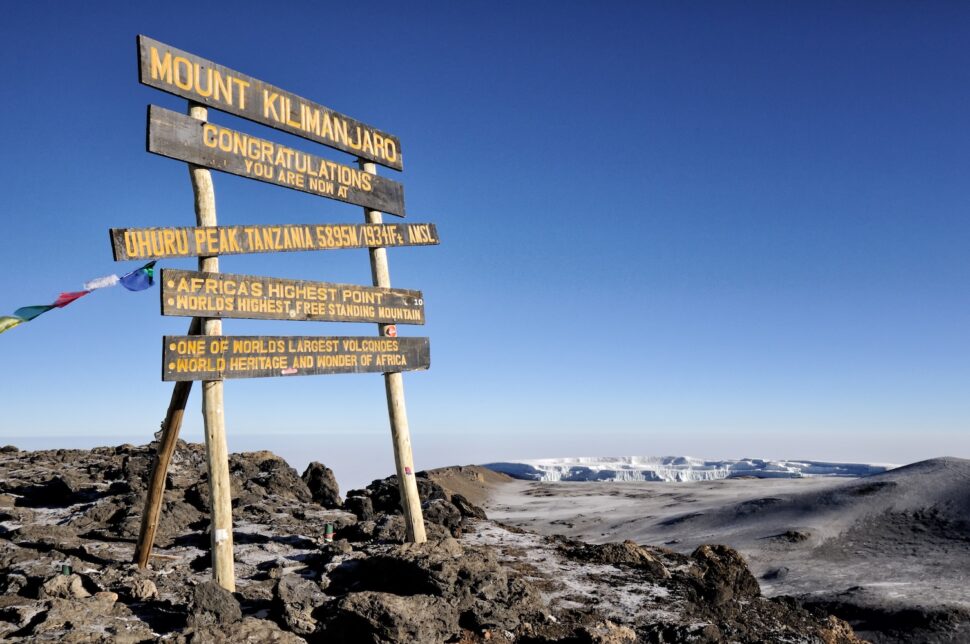
Best Time To Hike Mount Kilimanjaro
The best times are during December through March and late June through September, when the ground will be most dry. January through March is particularly favorable, but know that it will be peak season.
Starting to trek at sunrise presents opportunities for seeing the landscape awaken with the morning’s light and colors before it fully comes to life during the day. Contrastingly, hiking at night – such as during a full moon – is popular as things are illuminated by the moonlight, including the peak.
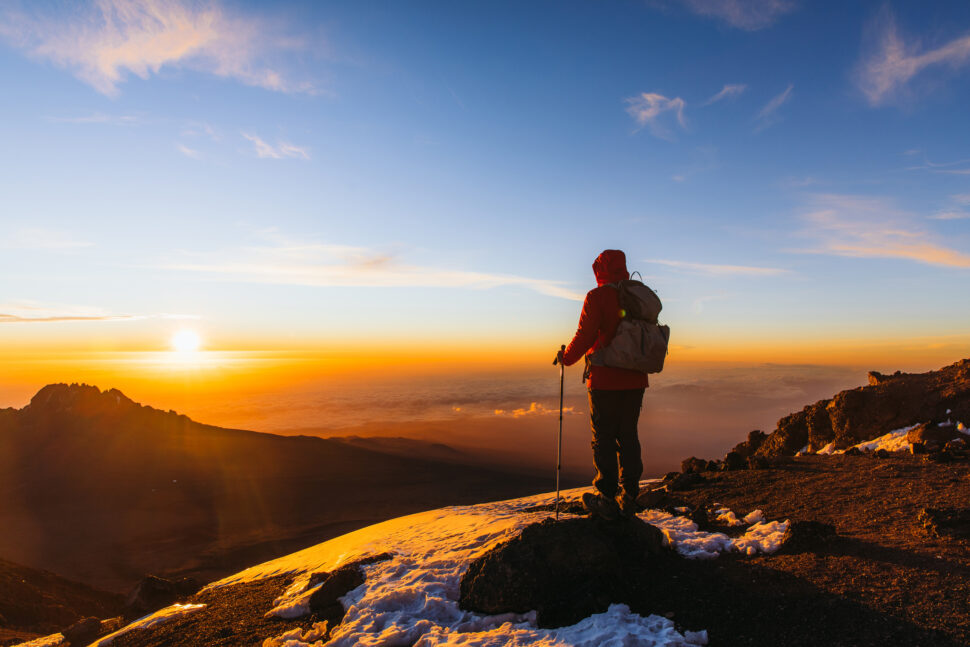
- Temperature Range: The temperature will depend on where you are on the mountain. Expect around 70 to 80 degrees Fahrenheit temps in Mount Kilimanjaro National Park. You’ll encounter various weather and climates until you hit the constantly snowcapped highest summit, which can be -20 degrees Fahrenheit at night.
- Trail Closures/Permits: Your tour operator will inform you of the necessary permits and any trail closures.
How To Prepare For Hiking Mount Kilimanjaro
You’ll need overnight camping gear — including a sleeping bag and tent — if you’re taking any route besides the Marangu. Regarding clothing and accessories, a light jacket, sunglasses, and a brimmed hat are musts. Pack wool socks, cotton gloves, and a knit hat to stay warm. You’ll also need a hooded raincoat and waterproof backpack, pants, boots, and gloves. Of course, a water bottle is essential.
Having a licensed guide with you is mandatory. There are several reputable tour operators to choose from. Consider hiring a porter — if not already included in your hike’s tour package — who will help you carry your belongings up and down the mountain.
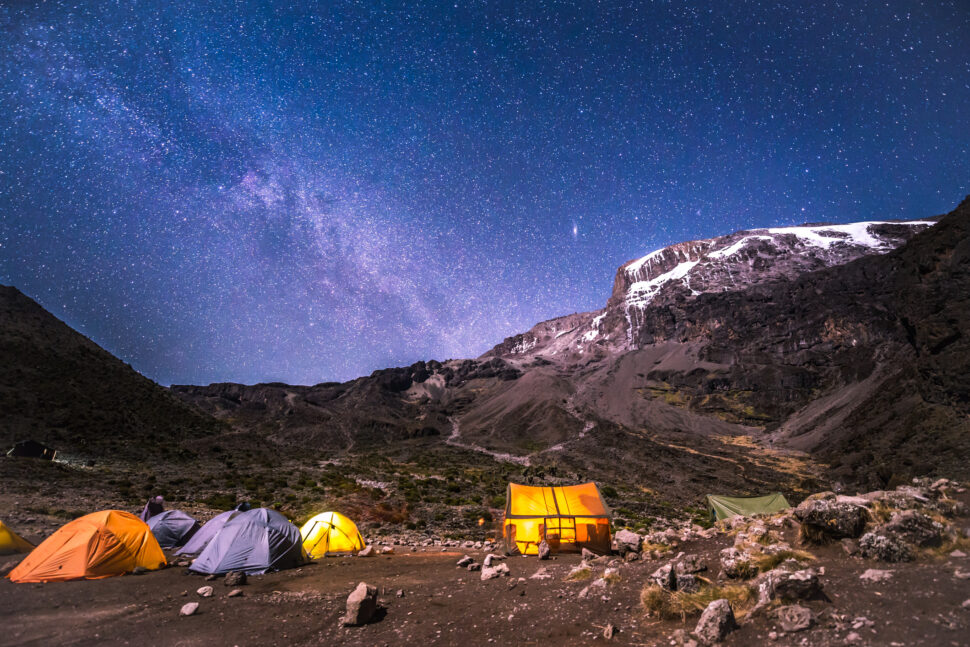
- Packing Checklist: A sleeping bag, tent, water bottle, light jacket, sunglasses, brimmed hat, wool socks, cotton gloves, knit hat, hooded raincoat and waterproof backpack, pants, boots, and gloves.
- Safety Tip: Give yourself enough time to acclimatize throughout your ascent.
What To Expect Along The Trail
Of course, many climb Kilimanjaro to see the views at the summit, Uhuru Peak, which is on Kibo. Other landmark peaks are Mawenzi and Shira, but also look out for the Lava Tower on your hike.
Although Mount Kilimanjaro National Park is home to large safari wildlife like buffalo, elephants, and giraffes, it’s unlikely that you’ll see those on your journey up the mountain. Instead, you’ll likely see monkeys, birds, honey badgers, porcupines, and aardvarks. There are so many different types of trees and vegetation you might see, including everlasting flowers and old man’s beard. Take the Lemosho, Machame, and Marangu routes to prioritize seeing flora and fauna.
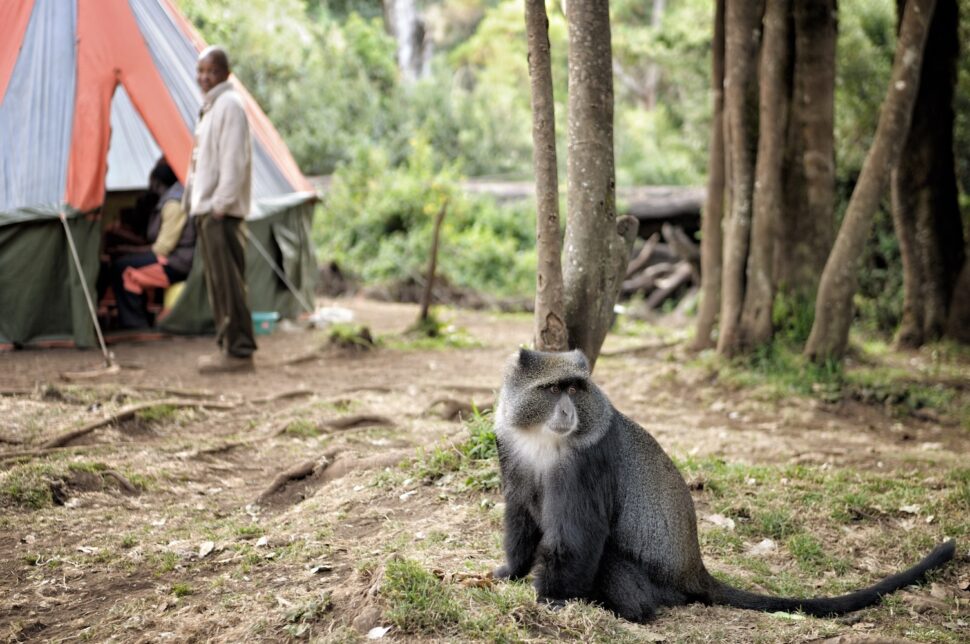
- Trail Etiquette: Educate yourself on “leave no trace” hiking principles before your trek. Also, consider learning some Swahili phrases to show thanks to your guides and porters.
- Photography Tip: Snap photos at the Lava Tower, the Shira Plateau, Uhuru Peak, and of the unique flora and fauna. You may also have good views at the campsites worth pulling out your camera for.
Know Before You Go: Important Trail Information
You must pay for your climbing package, Tanzania visa, vaccinations, medications, and hiking/camping equipment. Be prepared to tip your guides and porters. You will need a permit to climb provided through the tour operator you choose.
No places are designated for parking, although a portion of the mountain is driveable on the Shira route. To get to the landmark, fly into Kilimanjaro International Airport and then take a bus, taxi, or private car.
There are very basic restrooms at every campsite. There are no water stations, but your guide will likely supply you with water during your trek. Be sure to research that as you pick your tour operator and package.
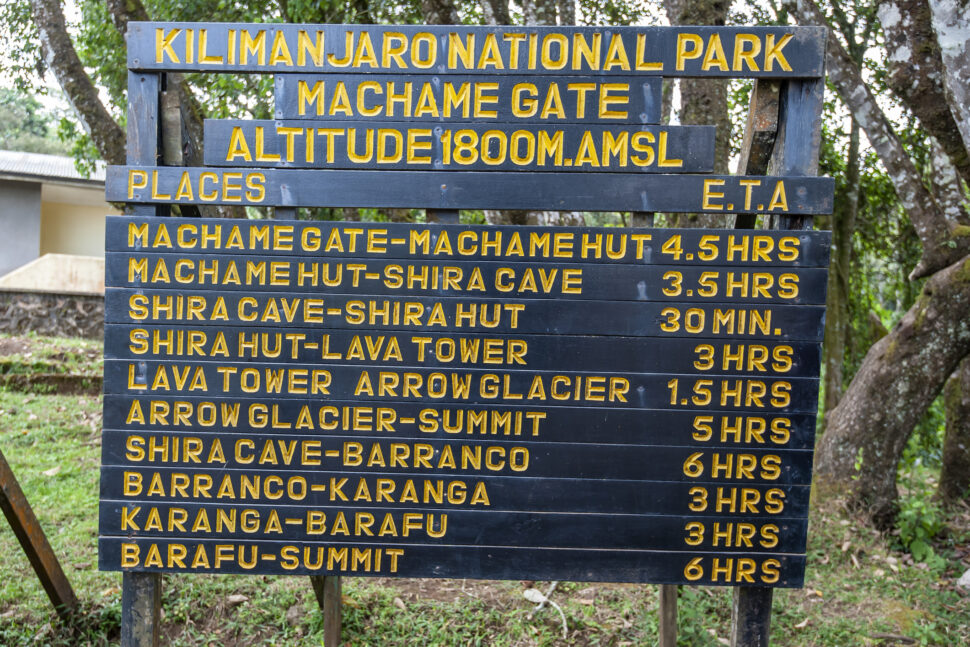
- Camping Information: You’ll use your camping gear for shelter during your climb unless you’re on the Marangu route, which offers huts. Note that there are no private rooms at the Marangu route’s huts, so you’ll be in a dorm-like environment with bunk beds issued on a first-come-first-serve basis. If you’re on any other route, your tent and sleeping bag may be arranged at one of several campgrounds available.
- Cell Service: There’s service throughout the mountain, but it’s not reliable or consistent. Also, don’t anticipate cell service at the summit.
Hiking Mount Kilimanjaro has an extremely low fatality rate, making it very safe compared to other mountain/volcano systems of similar size. Trekking Kilimanjaro is also approachable to beginners, although preparing is needed. While you can hike during both the rainy and dry seasons, going during the latter is recommended.
Before you hike Mount Kilimanjaro, it’s crucial that you consider what the goals of your trek are. Do you want to reach Uhuru Peak in the shortest time possible or enjoy a more leisurely route? Are you hoping to experience a challenging hike or something beginner-friendly? Do you want to be on a more popular or remote trail?
Even though you’ll be hiking the tallest freestanding mountain above sea level in the world, don’t be intimidated. Regardless of which trail you choose, the majority have high success rates, meaning that hikers usually complete them all the way through. Be sure to leave no trace, give yourself enough time to acclimatize, stay hydrated, and enjoy the journey.
